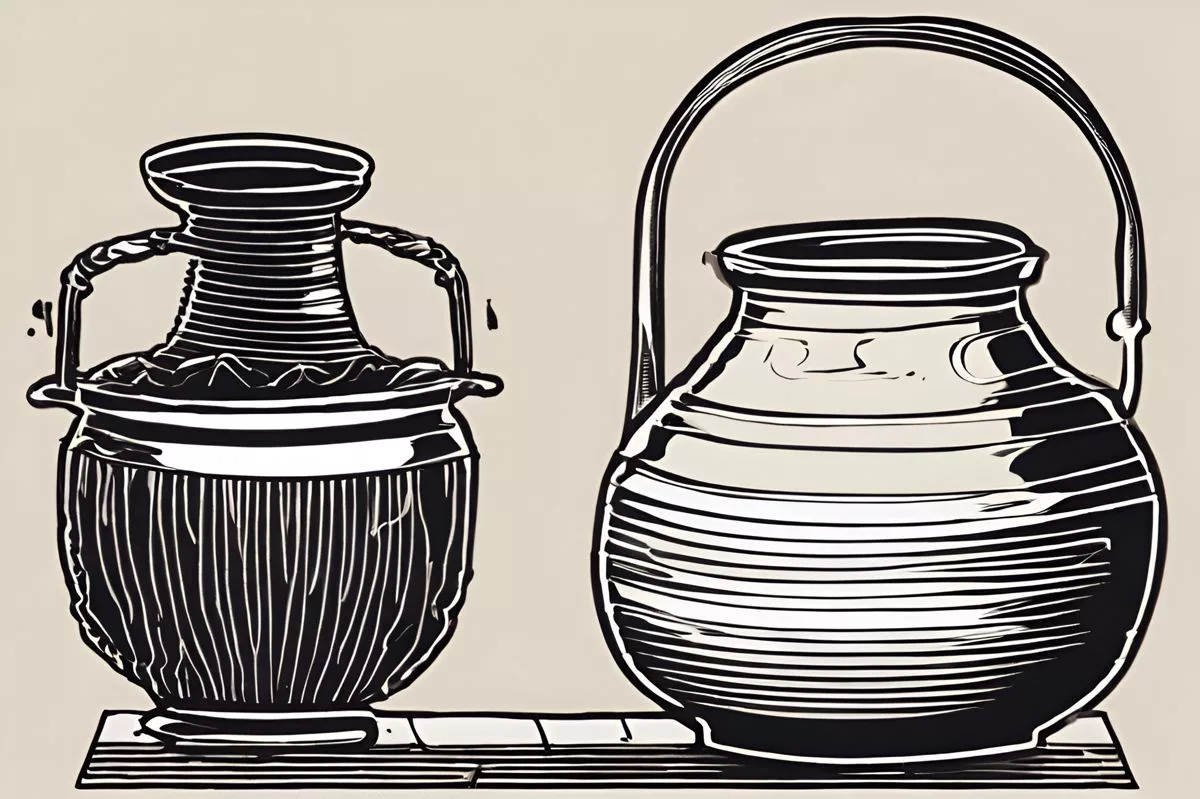South Africa has introduced a new ‘dual-fund’ retirement system, with contributions split into a savings fund and a retirement fund, giving members a financial buffer during hardships and ensuring assets for post-retirement life remain untouched until required. A third of contributions will form the savings component, while the remaining two-thirds will be allocated to the retirement segment and can only be accessed upon retirement. Funds accrued prior to September 2024 will continue to be protected. However, there are concerns from experts that people could end up dipping into their savings fund too frequently and damaging their long-term financial safety.
What is South Africa’s dual-fund retirement framework?
South Africa’s new dual-fund retirement system splits post-implementation contributions into a savings fund and a retirement fund. The system aims to provide members with a financial buffer during hardships and ensure that assets set aside for post-retirement life remain untouched until required. A third of contributions will form the savings component, while the remaining two-thirds will be allocated to the retirement segment and can only be accessed upon retirement. Funds accrued prior to September 2024 will continue to be protected.
In a pivotal policy change, Cyril Ramaphosa, the President of South Africa, approved the Revenue Laws Amendment Bill of 2023 last month. This milestone signals the introduction of a twin-fund retirement scheme. The ‘dual-fund’ system, set to kick off by September 2024, is an innovative solution aimed at addressing the longstanding concerns around retirement fund access and conservation.
The reform splits post-implementation contributions into a ‘savings fund’ and a ‘retirement fund’. The savings fund is crafted to provide members with a financial buffer during hardships, eliminating the necessity for a total pension withdrawal. On the other hand, the retirement fund serves as a safeguarded reserve, ensuring that the assets set aside for post-retirement life remain untouched until required.
To shed more light on the rationale behind this fresh approach, investment management firm Allan Gray provides some inputs. The dual-fund system is framed to harmonize two essential requirements. It promotes individuals to retain their retirement fund investments until they retire while guaranteeing a certain level of liquidity throughout their employed years. The setup is applicable to all contributions made to provident, pension, and retirement annuity funds, distributing each into two parts.
Section 2: Key Features and Exceptions of the New Legislation
In the new system, a third of the contributions will form the savings component – an emergency reserve that can be accessed before retirement. The remaining two-thirds will be allocated to the retirement segment, which can be accessed only upon retirement and should be used to acquire a pension-providing product.
An impressive characteristic of this new law is the security it provides to vested rights. These are the rights individuals currently possess regarding their existing retirement investments. Funds accrued prior to September 2024 will continue to be protected, guaranteeing that the rules regulating access and taxation of these investments remain unchanged.
However, there’s an exception for individuals who reached the age of 55 or more as of March 2021 and are members of a provident fund. These individuals are excluded from the dual-fund system, unless they voluntarily opt-in, thereby maintaining the existing rules regarding their retirement fund. If they decide to join, their contributions will be divided into the savings and retirement sections from the following month, and their existing benefit will be vested.
Section 3: Potential Challenges and Expert Advice
As the dual-fund system comes into effect, certain retirement fund members may have the opportunity to withdraw a minuscule portion of their existing savings, a principle known as ‘seed capital’. However, insurance group Old Mutual cautions that retirement funds and administrators have a significant amount of preparatory work ahead of them, including operational readiness and integration with the South African Revenue Service (SARS).
Elaborating on the complexity of seed capital calculations, Michelle Acton, a retirement reform executive at Old Mutual, emphasizes that “These calculations can only be performed post-August, utilizing the values of that month. The law allows for calculations to be made after the implementation, not necessarily on the exact date.”
Investec, a banking and wealth management group, advocates caution when using the savings pot. “The ability to tap into retirement savings during emergencies is a much-needed change for savers,” notes Paul McKeaveney, a portfolio manager with Investec Investment Management. “But considering that most South Africans don’t save sufficiently, this reform could add more stress on achieving long-term objectives.”
Notwithstanding this, experts like Jaya Leibowitz, the manager of Allan Gray’s retail legal team, underscore the original purpose of retirement investments – to ensure income after retirement. “While the savings component offers access, it’s prudent not to see it as a flexible savings account,” she recommends. “Every time you utilize a savings withdrawal benefit, the amount reserved for retirement income decreases. Moreover, this withdrawal benefit will be taxed and might possibly push you into a higher tax bracket.”
Hence, as South Africa gears up for the two-pot system rollout, stakeholders need to proceed with caution, striking a balance between current needs and long-term financial safety. The path to financial stability is rarely smooth, yet with careful planning and informed choices, it can be successfully navigated.
1. What is South Africa’s dual-fund retirement framework?
South Africa’s dual-fund retirement system splits post-implementation contributions into a savings fund and a retirement fund. The system aims to provide members with a financial buffer during hardships and ensure that assets set aside for post-retirement life remain untouched until required. A third of contributions will form the savings component, while the remaining two-thirds will be allocated to the retirement segment and can only be accessed upon retirement. Funds accrued prior to September 2024 will continue to be protected.
2. What are the key features and exceptions of the new legislation?
Under the new system, a third of the contributions will form the savings component, which can be accessed before retirement. The remaining two-thirds will be allocated to the retirement segment, which can only be accessed upon retirement and should be used to acquire a pension-providing product. Funds accrued prior to September 2024 will continue to be protected. However, there’s an exception for individuals who reached the age of 55 or more as of March 2021 and are members of a provident fund. These individuals are excluded from the dual-fund system, unless they voluntarily opt-in, thereby maintaining the existing rules regarding their retirement fund.
3. What is the purpose of the dual-fund retirement framework?
The dual-fund system is designed to harmonize two essential requirements. It promotes individuals to retain their retirement fund investments until they retire while guaranteeing a certain level of liquidity throughout their employed years. The setup is applicable to all contributions made to provident, pension, and retirement annuity funds, distributing each into two parts.
4. What potential challenges may arise with the dual-fund retirement framework?
Insurance group Old Mutual cautions that retirement funds and administrators have a significant amount of preparatory work ahead of them, including operational readiness and integration with the South African Revenue Service (SARS). Additionally, experts warn that people could end up dipping into their savings fund too frequently and damaging their long-term financial safety.
5. Is there any expert advice for individuals who are using the savings pot?
Experts recommend caution when using the savings pot. Every time you utilize a savings withdrawal benefit, the amount reserved for retirement income decreases, and this withdrawal benefit will be taxed and might possibly push you into a higher tax bracket.
6. What is the status of vested rights under the new legislation?
Funds accrued prior to September 2024 will continue to be protected, guaranteeing that the rules regulating access and taxation of these investments remain unchanged.












